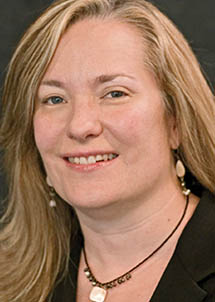
San Francisco-based writer Robert Avila, who pens this issue’s feature Q&A with American Conservatory Theater’s outgoing artistic director, Carey Perloff, says seeing a show in the company’s Geary Theater is one of his city’s unique experiences. “Tucked in an orchestra seat or perching in the vertiginous second balcony, just being there retains a faithful thrill.” He adds, “I never did make it onto the Geary stage, but I got a lot closer after becoming a critic and having a dependable orchestra seat regularly extended to me. ACT under Carey Perloff has had an outsized impact on not just my theatre education, but that of many thousands of people. I’ll admit it was with some nostalgia that I approached our interview.”

Charlotte M. Canning, head of the University of Texas at Austin’s Performance as Public Practice program and director of the Oscar G. Brockett Center for Theatre History and Criticism, says she was inspired to write this month’s story about the prehistory of the National Endowment for the Arts while she was researching her most recent book, On the Performance Front: US Theatre and Internationalism. She says she “learned, much to my astonishment, that it was theatre artists, administrators, and leaders who were the unsung heroes of getting the NEA into legislative form, and it was a fight that dated back to the 1930s. The few histories of the NEA that mention theatre do so glancingly, and I wanted to give theatre its historical due!”

